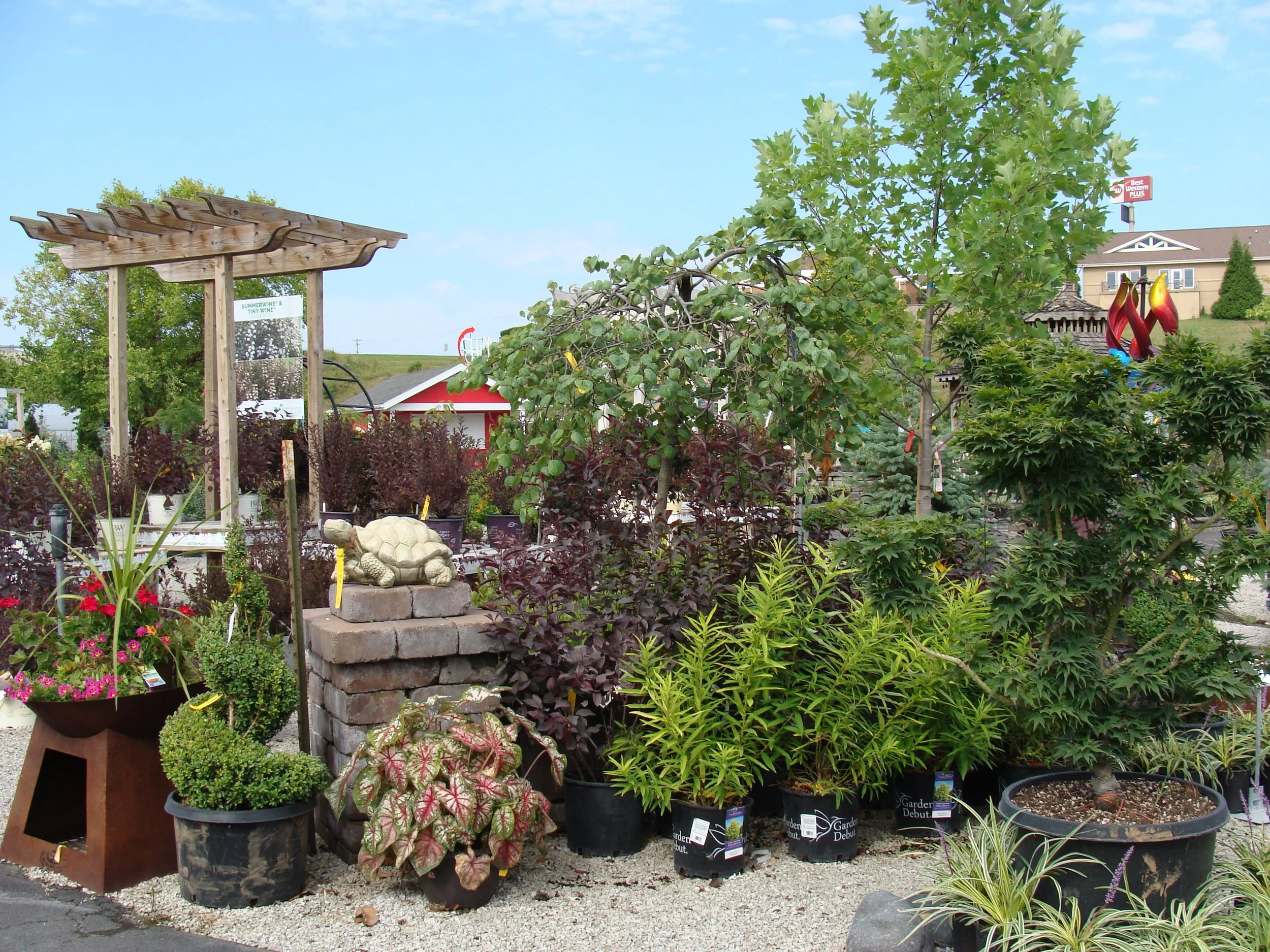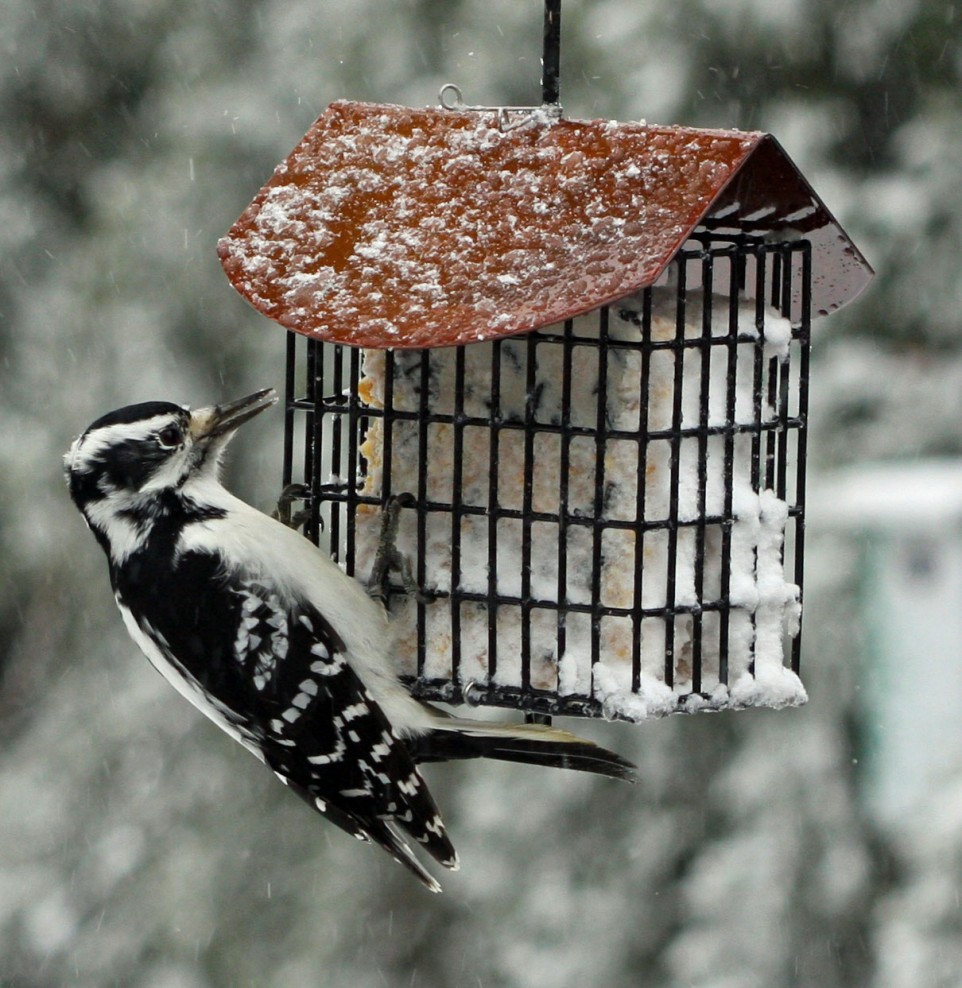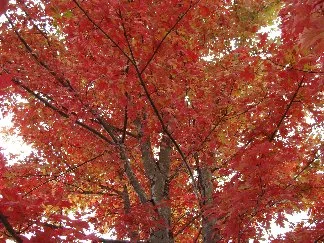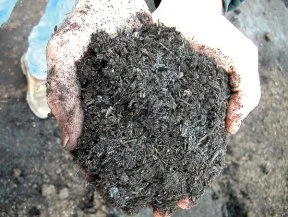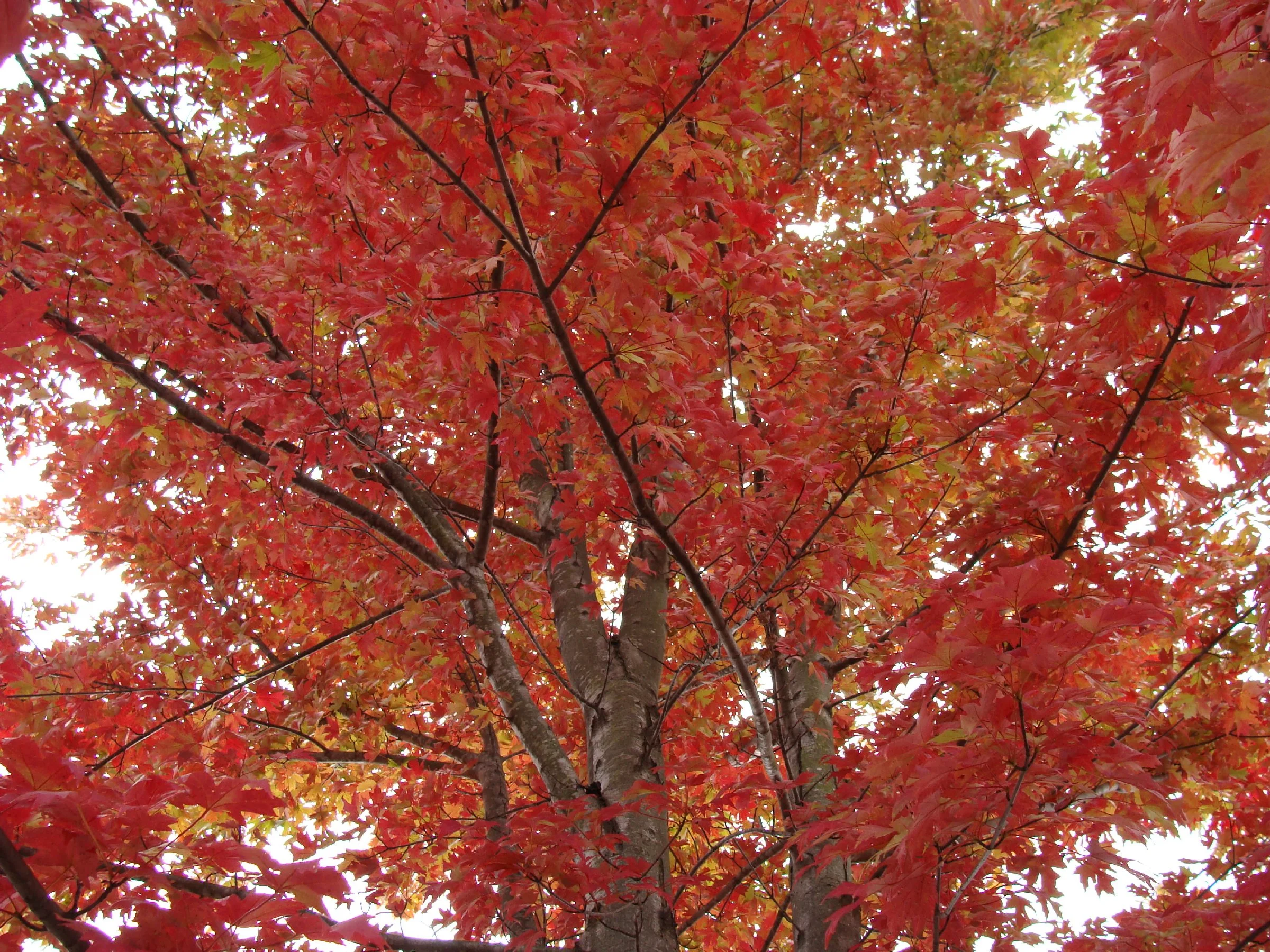The cold weather is upon us! It’s time to go the extra mile for our friends with feathers. Make your yard a welcoming place for them to visit during these cold months. Birds need high caloric intake to keep their tiny bodies warm. Offering a mix of seeds and suet works well to provide the needed foods and attract several species. Clean and sanitize your existing feeders, and come by to pick up some new ones! We have a great selection to choose from including squirrel proof types to deter those pesky thieves. Make sure your birds have homes to stay nestled in to guard them from the winter chill, and they will be forever grateful. Don’t forget the birds need water during the cold winter months when open water freezes! Water helps them clean and fluff their feathers for insulation, as well as refreshes them. We have heated birdbaths and heaters to add to a current birdbath to prevent frozen water. When un-frozen water is limited, your heated birdbath will be the main attraction!
Garden Solutions - November 2017
As evenings become cooler and crisper and the daylight gets shorter and shorter, it's a signal that frost is upon us. The change in temperature and season can leave gardeners longing for the warm summer air, instead of prepping for winter. There's still plenty of gardening to be done this time of year. Get the most out of your fall harvest and set your garden up for spring success by jumping on these garden tasks now.
6 Tips for Fall Gardening
Plant Trees
It's no secret that the best time to plant a tree or shrub is in the fall. Before you plant, evaluate the landscape to assess the amount of sunlight, ground vegetation, proximity to permanent structures, and hazards, such as overhead wires or underground pipes. Choose a site where the tree will be able to grow to its mature height. Then, dig a hole twice as wide and the same depth as the root ball. Place the tree in the hole at the same depth it was growing before and fill half the hole with compost. Mix in an organic fertilizer with the soil. Backfill the hole, give it a nice drink of water and watch your tree grow.
Get Bulbs in the Ground
Spring-blooming bulbs can generally be planted any time before the soil begins to freeze. Give bulbs their best shot by planting a few weeks before the ground is frozen to help them establish roots.
Improve the Soil
While fall is for planting, it's also the perfect time for prepping for next season. Healthy soil is the backbone of every successful garden. Test soil now for pH and nutrient levels and amend accordingly. Dig 4" deep with a stainless-steel trowel and either use a DIY soil test or stop in with your soil sample and we will test the pH for you. To adjust the pH level of your soil, use Espoma's Organic Garden Lime to raise the pH of very acidic soil. Poke holes in the soil's surface and scatter on the lime. Rake lightly into the top inch of soil. Or, apply a soil acidifier to lower the pH of extremely alkaline soil.
Create Compost
All of those colorful leaves that are falling make for perfect additions to your compost pile. If you don't have a compost pile already, start one! The best compost contains about 25 times more carbon-rich materials than nitrogen-rich materials. Think of these as brown and green materials. Brown materials include paper, straw or dried leaves. Green materials include garden and food scraps for rich, fertile compost.
Top with Mulch
Add a thick blanket of mulch on garden beds to reduce evaporation and control weeds. Choose organic mulch that will improve the soil as it decomposes. Lay 2 - 3" of mulch around established plants. When mulching trees, the mulch should extend away from the plant to just beyond the drip line covering a bit of the roots Keep 2 - 3" away from the stems of woody plants and 6" away from buildings to avoid pests.
Make the most of this beautiful fall in the garden.
Sandi McDonald
Fall Weekend Gardening Guide
Here’s a quick gardening guide for the weekend…
1. Plant! You can plant until the ground freezes. We have a long way to go! Check out the sales we have available now.
2. Tuck In! Plant spring blooming bulbs: Crocus, daffodils and hyacinths… Think of the colorful bouquets in March!
3. Clean-Up! Clear away debris and cut back plants that are done blooming.
4. Fertilize! Feed your trees, shrubs and perennials
5. Decorate! Think about fall touches that will carry through to Thanksgiving. Fun, festive and great curb appeal! Include regular and specialty pumpkins, gourds, cornstalks, straw bales and a wide variety of plants. All available at Hillermann’s!
Garden Solutions - September 2017
The Best Time of Year is NOW!!!
When I was a kid, I loved summer---no school, warm sunshine and lots of fun and mischief to get into. Now that I’m a Grandma, my thoughts on the seasons has also matured. Over the years, I have come to enjoy all the offerings of fall. The cool, crisp mornings that gives way to warm days and starry nights. Fall color in Missouri is exceptional with the turning of leaves on trees-colors so vivid and alive that they jump out of the landscape. Driving past fields of pumpkins gets the kids excited that Halloween candy is yet to come. The treat of eating sweet grapes fresh off the vine and juicy apples plucked from the trees comes to mind. And of course, fall sports begin.
There is no better time of year than this abundant season to catch your bearings, reevaluate the year, enjoy the harvest and relax. It is also the best time to take a few moments to invest in your home. There are many simple tasks you can do now to help save yourself time in spring when you are twice as busy.
PLANT, PLANT, PLANT! Fall in Missouri is the ideal time of year to plant all kinds of things from cool-season vegetables to turf grasses, and especially shrubs, evergreens and deciduous trees. Yet, when it comes to planting, many gardeners only think of the spring. Why is fall such an ideal time to plant? First, the warm soil in the fall helps encourage root growth. The plants roots continue to grow through our mild winters, and become well established by the spring. This makes fall plantings much better equipped to handle the heat and drought once summer finally arrives. In addition, our fall and spring rains help do all the work in establishing your plants so you don’t have too. There are also fewer pests and disease problems to attack your plant while it is young.
When fall arrives, I want to see bright oranges, vibrant yellows, and fiery reds. These fall colors bring life back to our landscapes after the summer sun has faded most of the blooms. The natural turning of leaves into their disguised color of glory brings a new energy to our yards and awakens our senses. Right now, you can find selections of trees and shrubs especially bred for fall color. There is no reason to have hum-drum containers during fall when there are Garden Mums and Fall/Winter Pansies to replace our burnt out summer annuals. Fall cool floral crops are also great additions to beautiful fall containers. Adding perennials also brings new life to containers.
Home decorating is great fun also to add pumpkins, corn stalks, gourds and other harvest items to the landscape or porch décor.
In addition, don’t forget fall bulbs. Now you will find the best selection, and you have until Christmas to get them into the ground for spring blooming. Bulbs need 10 weeks of cold weather to create their magnificent spring show. Many varieties and colors are popping up in this category of plants as well.
THE POST SEASON WRAP UP. One of the best-kept secrets to the most lavish landscapes is autumn restoration. Just a few garden chores done in the fall will lead to spring and summer pay-offs that are well worth the work. Things to do now include:
Pull Weeds: Clean up your yard by pulling weeds. Then apply a pre-emergent such as Preen containing Trifluran. This will keep your yard looking nice and weed free for months to come.
Fertilize: It is important to fertilize your evergreens and conifers at this time because their root systems continue to grow throughout the late fall and even into the winter till ground frost appears. An application of Osmocote or plants spikes is ideal for this task. The plants take up these nutrients and are ready to explode when the spring growing season arrives.
Prepare Your Lawn: Were you disappointed in your lawn this year? Well, now is the time to prepare your lawn for next spring! Aerate and thatch it if the soil is compacted. This will allow the soil to drain better and give it much needed oxygen to the roots. Seeding can be done as well as fertilizing. Seeding in early fall will give the roots plenty of time to become established before winter. Fertilize with a winter type fertilizer to build nutrients up in the root system. This will keep your lawn from going into the winter hungry and it will help it take off much faster next spring.
Enjoy the cool crisp air and I’ll….see you in the Garden
Sandi Hillermann McDonald
Garden Solutions - August 2017
August… besides vacations, other activities that will pull you away from your list of gardening duties are fairs, festivals, family outings, and back to school preparations. It really is a good thing that August is a slow month for working in your landscape.
Here are a few health benefits of enjoying the outdoors. Studies show that depending on the activity, gardening can burn between 250 and 500 calories per hour. For many people gardening is a creative outlet, for others it’s the change of scenery from the daily grind that makes a difference. Still others find that the satisfaction of reaping the rewards (those tasty fruits and vegetables, and beautiful flowers) of your efforts is what helps to reduce stress levels.
Your main tasks for this month both begin with the letter W. Weeding and watering. It is important to stay on top of the weeds. If you let them get ahead of you and they go to seed, you are going to have hundreds more to deal with this fall and next spring. Spraying weeds with an herbicide such as Roundup is one of the easiest ways to rid of weeds. Be very careful when spraying around the plants that you want to grow in your landscape. It generally is best to pull weeds that are growing in and immediately around your desirable plants, and spray those that are “in the open”. As far as watering goes, most plants will survive on 1” of water a week. A rain gauge will help measure the amount.
Mowing the lawn is another task that continues in August. Due to the usually hot and dry conditions that are the norm in August, you may be able to space your mowing times further apart. That is unless you have an irrigation system to keep your lawn growing vigorously.
If you are thinking about a new addition to your landscape this fall, now is the time to talk to your favorite landscape designer. Your designer can discuss your needs with you, design the changes or new additions, and get you on the schedule for a fall installation.
If you tried your hand at seasonal vegetable or square foot gardening this spring, here are a few ways you can enjoy a fall garden. Carry tomatoes, peppers and basil plants over in your fall garden. Direct sow beets, radishes, turnips, leafy greens and spinach now where other spring crops such as broccoli and cauliflower have come and gone for this year. Replant nursery starts of broccoli and cauliflower.
Last but not least, take care of yourself. During the hot time that is referred to as August, it is easy to over exert yourself. Drink plenty of fluids and rest in the shade as needed.
See you next month……….in the garden
Sandi Hillermann McDonald
4 Reasons to Sow Perennials This Fall
Gardeners know that their gardening efforts will reap the most rewards with perennial plants. In nature, perennials flower and produce seed, and then that seed is dispersed usually in summer or fall, germinating either in the fall or the following spring. Below are four reasons you will benefit from sowing perennials in fall.
1. Hassle-free stratification: Some perennial seeds remain dormant until after they experience the cold temperatures of winter. This need for cold to break a seed’s dormancy is called stratification, and it prevents seeds from germinating at the wrong time. Take advantage of nature’s process by sowing in the fall, or mimic winter conditions by putting moistened soil/media and seeds in a sealed plastic bag in the refrigerator for 6 week before sowing them.
2. Earlier blooms and larger plants: Perennials live for more than two years and can take several years to get to their mature size. By sowing perennial seeds in the fall, plants will be more mature the following spring, allowing many types to flower their first growing season.
3. Care-free moisture management: Most regions have winter rain and/or snow, providing essential moisture at a time when most of us don’t think to water. Cool weather also reduces the need to water as frequently.
4. Control weeds with ease: Cool weather slows weed germination and growth, making your nicely prepped and planted garden area easier to maintain.
Visit us and see our great selection of Botanical Interests perennial plant seeds, including new varieties!

